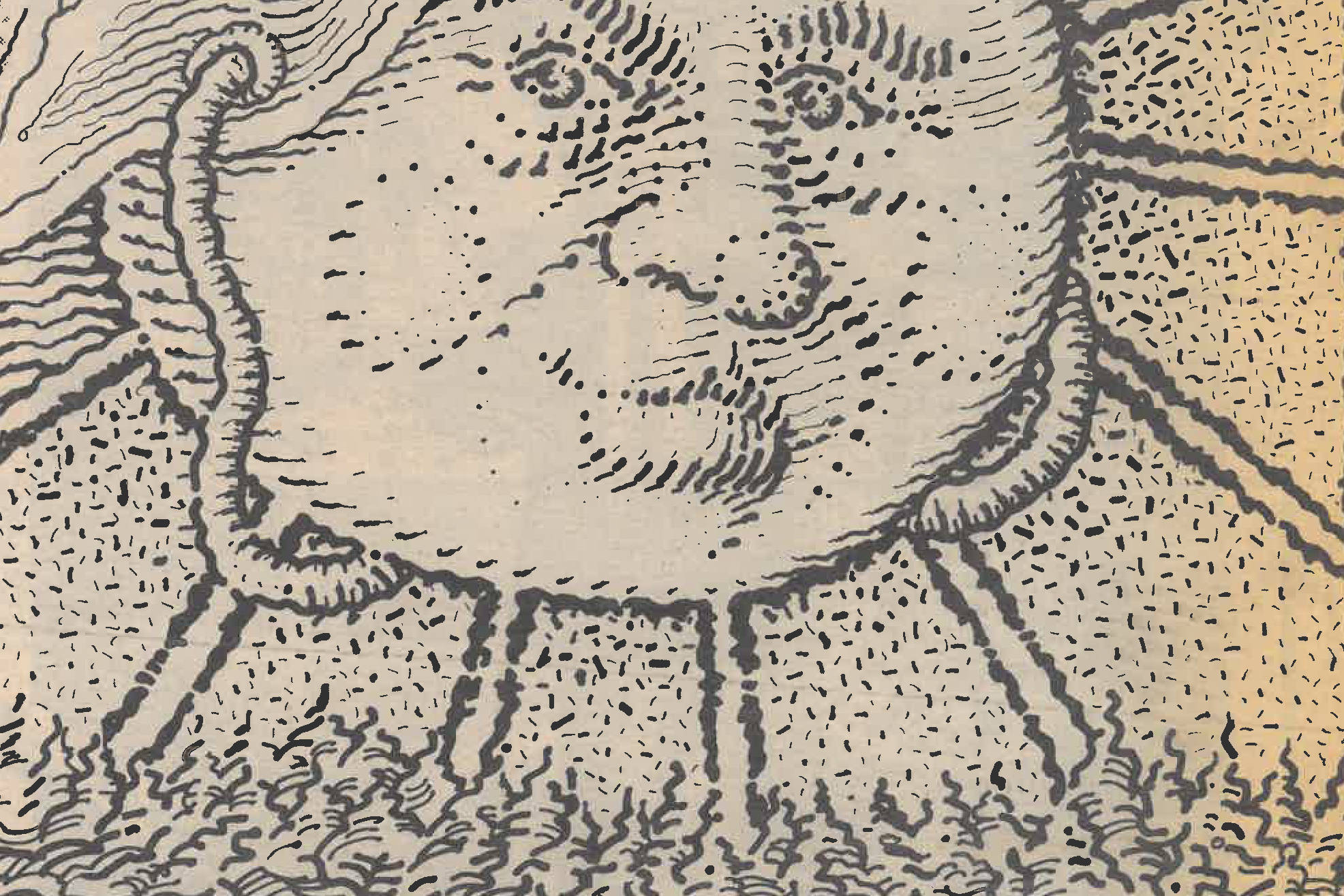Here’s a book that has it all: tragedy, redemption, an amazing love story, mad genius, exposé, and an elucidation of the worth, uses, and application in the real world of pure, highly abstract mathematical research.
A Beautiful Mind
by Sylvia Nasar (Simon & Schuster, $25)
John Nash was a brilliant, iconoclastic mathematician who in 1949 devised what is now called the “Nash equilibrium”—a mathematical formula for game theory that eventually revolutionized the world of economics. “Many of us have the power to develop existing ideas,” wrote one of Nash’s contemporaries. “But most of us could never produce anything comparable to what Nash produced. It’s like lightning striking.”
Nash was 21 years old at the time. His theory was so original that the recognized authorities of the time dismissed it as either absurd, wrongheaded, or incomprehensible. It wasn’t until 1994, when he won a Nobel Prize for the Nash equilibrium, that his achievement—which in the interim had been embraced by his coevals—would be recognized outside the arcane worlds of economic theory and pure math.
What’s interesting about Nash is what happened in the interim between his achievement and its reward: He went mad. Suffering from paranoid schizophrenia, he lived in almost indescribable torment, protected off and on by his wife, mother, sister, and reverent mathematicians and university administrators at Princeton while he eked out a precarious existence thinking by turns about math, contact with extraterrestrials, and voices telling him either that he was in great peril or destined to take over the world. When he was offered a plum position at the University of Chicago, Nash wrote a letter declining, he said, because he was scheduled to become Emperor of Antarctica.
Sylvia Nasar’s extremely detailed and documented story is long (388 pages) and often difficult—particularly when she tries to describe Nash’s work. An economics correspondent for The New York Times, she brings a tremendous amount of expertise to her book, but falters at times when trying to give coherent structure to an inherently fascinating tale. She must have felt overmatched at times by the complexity of the plot of Nash’s life, for she will lead the reader along over a 10-year period of Nash’s career, then begin the next chapter back at the beginning, taking up the tale of his tortured personal life. The whiplash can be disorienting.
Nasar also writes awkwardly about Nash’s sexual practices, which were wide-ranging, involved both men and women, involved others both voluntarily and involuntarily, and resulted in a devastating arrest after an encounter with an undercover cop.
The book, though, is irresistible in spite of these failings—which prove to be relatively minor. Nasar manages, by dint of her careful description of Nash’s genius, to bring alive the full tragic dimension of his madness. The book builds toward an oddly satisfying, redemptive climax of sorts: After a series of involuntary hospitalizations, erratic and dangerous travel around the world, and an increasingly hazardous life, Nash finds a way to live in a house with his divorced wife and spend his days on the Princeton University campus, where he is known to students as “The Phantom.” He reads in the library, wanders through buildings, and writes mysterious equations and messages on the school’s blackboards. This period lasts, incredibly, for 23 years—and is punctuated by a lifting of his madness and the sudden, unexpected Nobel.
In a particularly nice touch, Nasar includes a chapter on the 1994 auction by the Federal Communications Commission of broadband radio spectra to the nation’s communications companies. The auction was designed by economists conversant in Nash equilibrium theory, and the chapter is one of the best illustrations ever rendered of the path from pure research to real utility. A Beautiful Mind is a laborious book to read, but never has a book on such an abstruse subject delivered so much emotional punch.






